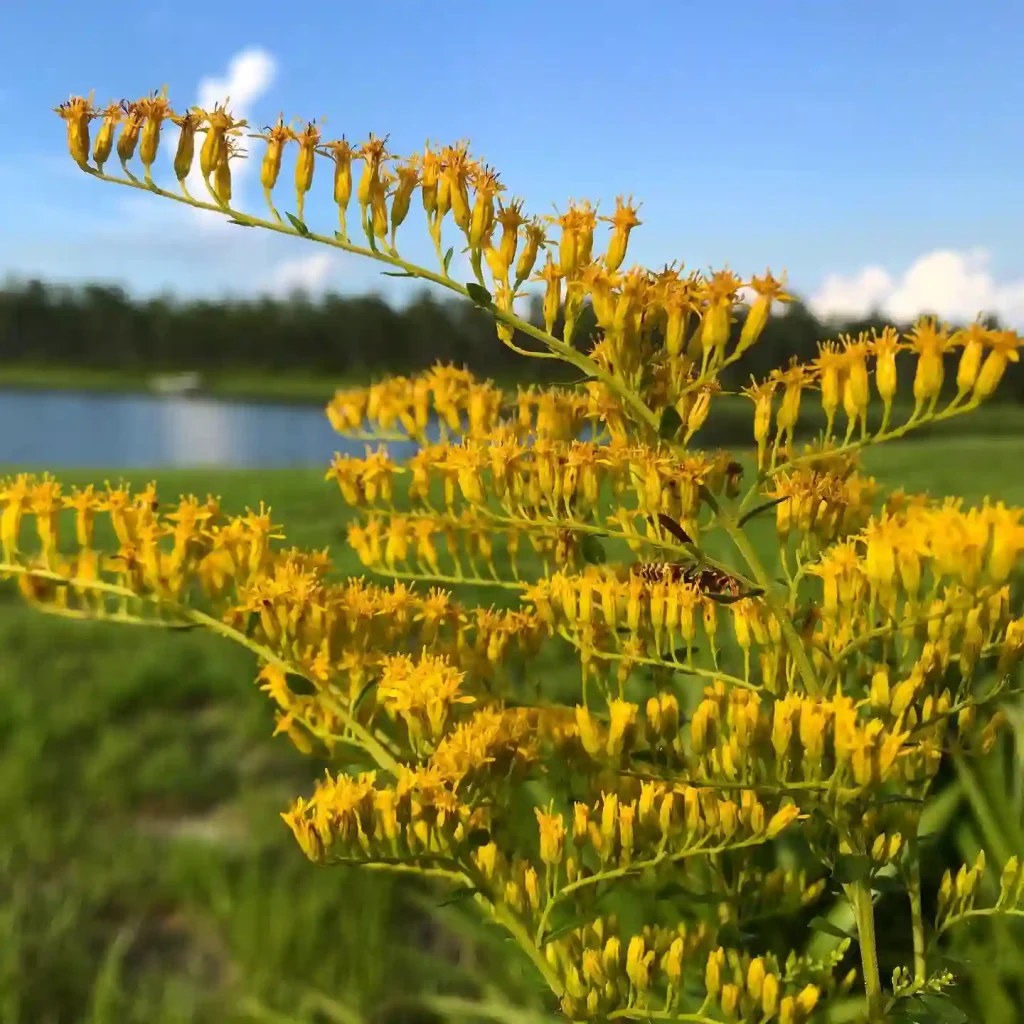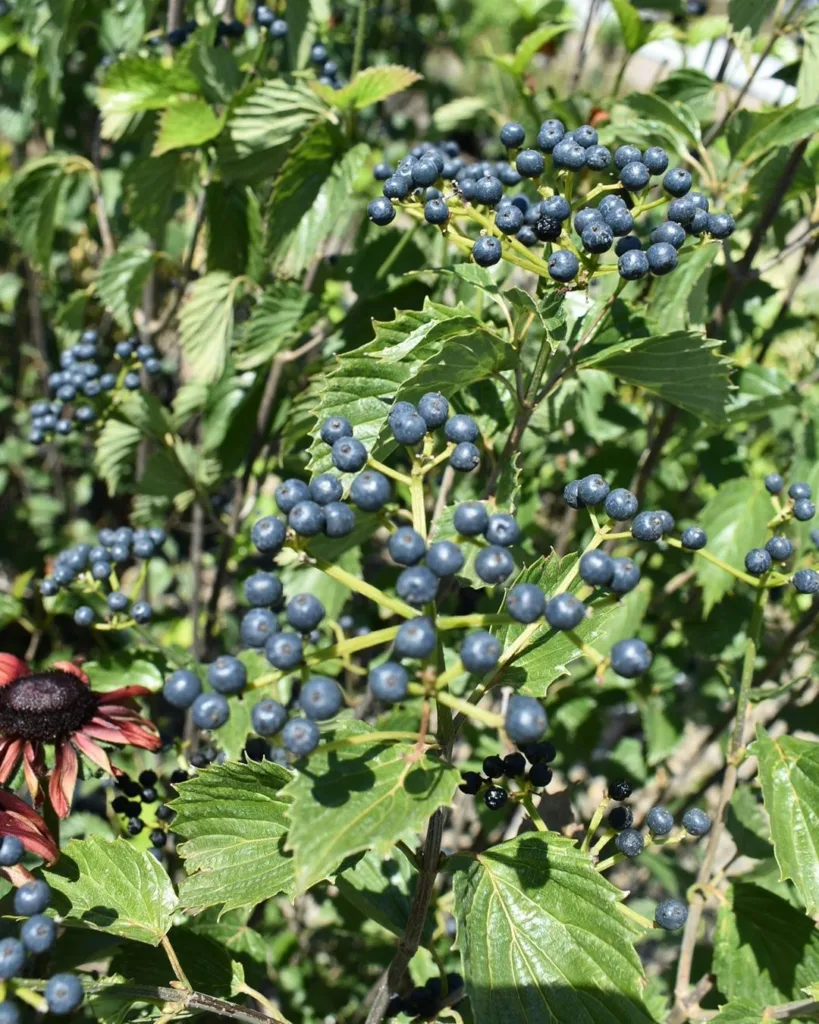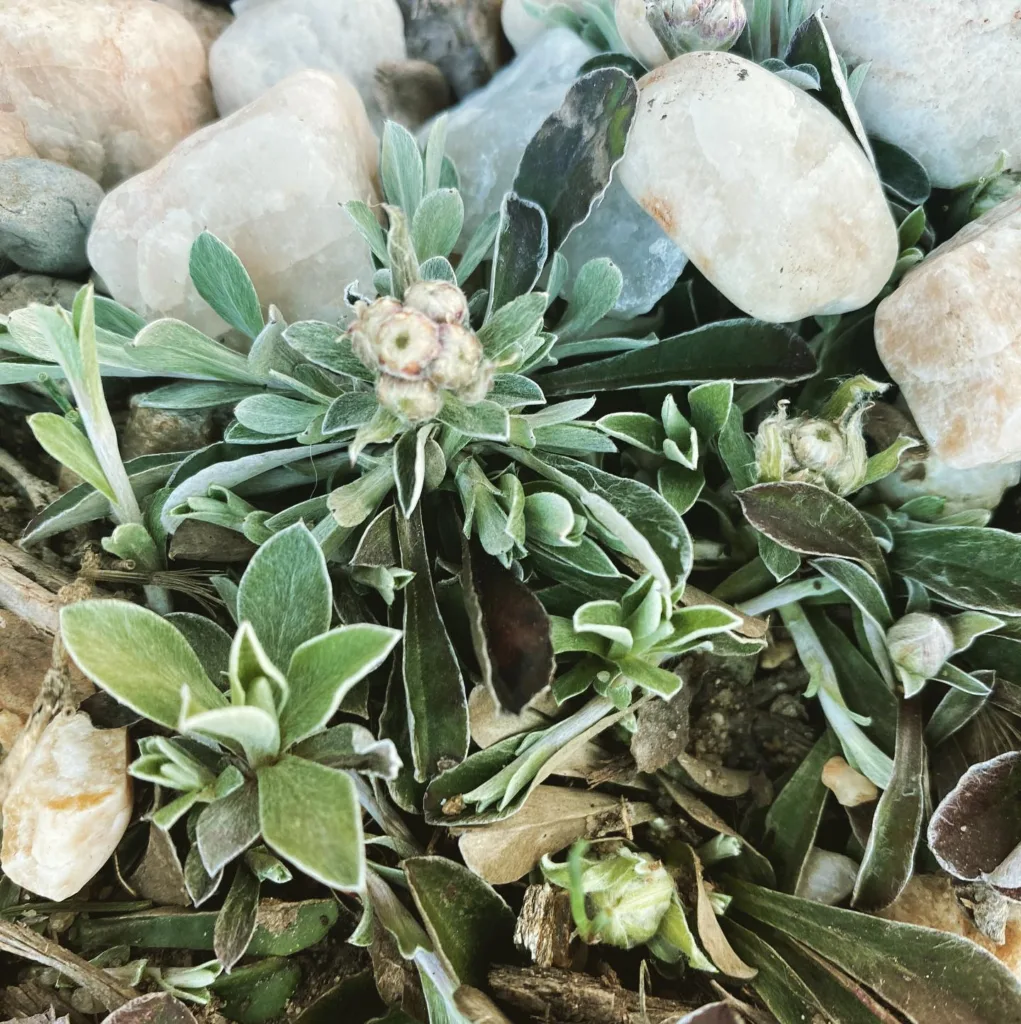My Fascination with the Bonnetiaceae Family
As a botanist, I’ve always been captivated by the diversity and intricacies of the plant kingdom. One family that holds a special place in my heart is the Bonnetiaceae. This group of flowering plants, though not as widely known as some others, boasts a unique charm and a fascinating evolutionary history.
A Tropical Treasure
The Bonnetiaceae family is primarily found in the tropical regions of South America, particularly in the Guiana Shield and the Amazon Basin. These plants thrive in the humid and sun-drenched environments of these areas, adding a splash of color and life to the lush rainforests.
Genera of the Bonnetiaceae
The Bonnetiaceae family comprises several genera, each with its own distinct characteristics and adaptations.
- Archytaea: Found in the tropical regions of Central and South America, Archytaea is a genus of trees and shrubs within the Bonnetiaceae family. They are characterized by their simple, alternate leaves, and their showy flowers which often have numerous stamens. These plants often play a role in the ecosystems they inhabit, providing resources for pollinators and other wildlife.
- Bonnetia: The namesake genus of the Bonnetiaceae family, Bonnetia comprises shrubs and trees that are primarily found in the Neotropical region, specifically in northern South America and the Guiana Shield. These plants are known for their beautiful, often large and colorful flowers, which attract a variety of pollinators. Some Bonnetia species are also known to have medicinal properties and are used traditionally by indigenous communities.
- Ploiarium: This genus, consisting of shrubs or small trees, is primarily found in Southeast Asia, particularly in areas with nutrient-poor soils like peat swamps and heath forests. Ploiarium is notable for its unique adaptations to these challenging environments, such as its leathery leaves and its ability to accumulate aluminum. These plants play an ecological role in these habitats, contributing to the overall biodiversity and providing resources for various organisms.
Evolutionary Adaptations
The Bonnetiaceae family has evolved a range of adaptations to thrive in their tropical environments. Their leaves are often thick and leathery, helping to reduce water loss in the hot and humid climate. Many species also have specialized structures for attracting pollinators, such as brightly colored flowers or fragrant nectar.
Ecological Importance
The Bonnetiaceae family plays a crucial role in the rainforest ecosystem. Their flowers provide a source of food for pollinators such as bees, butterflies, and birds. Their fruits and seeds are also consumed by various animals, aiding in seed dispersal. Additionally, these plants contribute to the overall biodiversity of the rainforest, adding to the richness and complexity of this vital ecosystem.
Conservation Concerns
Unfortunately, like many other plant families in the tropics, the Bonnetiaceae faces threats due to deforestation, habitat loss, and climate change. The destruction of rainforests for agriculture, logging, and mining poses a significant risk to the survival of these plants. Additionally, the changing climate may disrupt the delicate balance of the rainforest ecosystem, further impacting the Bonnetiaceae family.
My Personal Connection
My fascination with the Bonnetiaceae family stems from my deep appreciation for the beauty and resilience of these plants. Their ability to thrive in challenging environments and their vital role in the rainforest ecosystem inspire me. I believe it is crucial to protect and conserve these plants, not only for their intrinsic value but also for the health and well-being of our planet.
As a botanist, I feel a sense of responsibility to raise awareness about the importance of the Bonnetiaceae family and other plant groups facing threats. Through research, education, and conservation efforts, we can work together to ensure the survival of these remarkable plants for generations to come.
If i die, water my plants!



